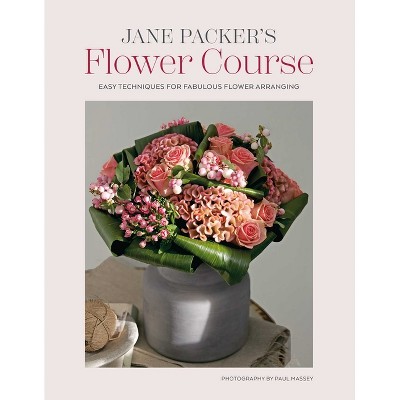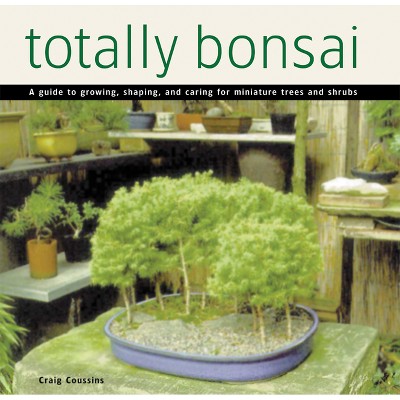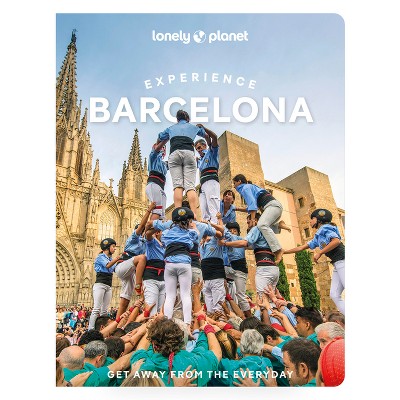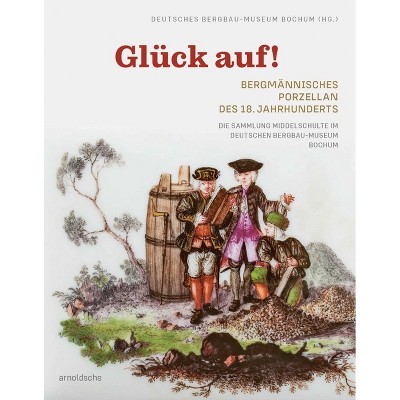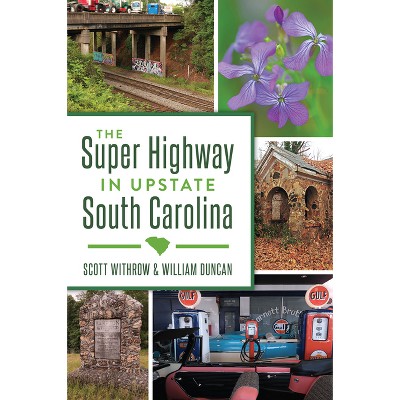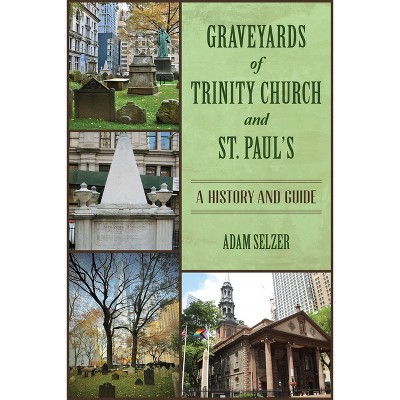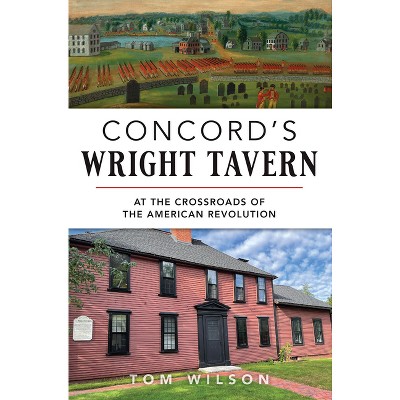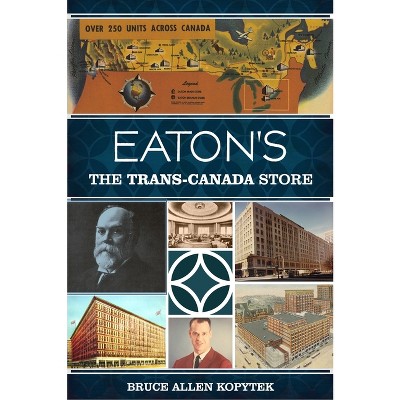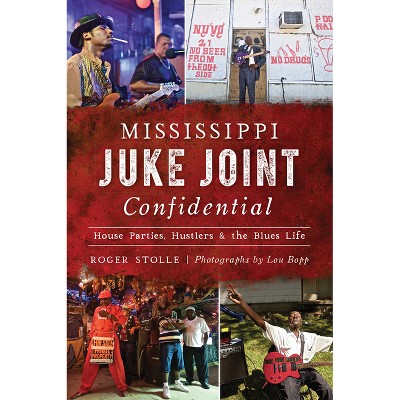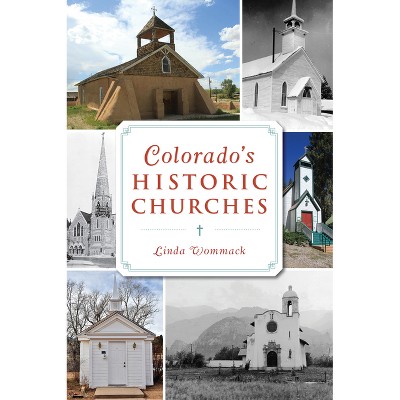Sponsored

Summer Cottage Communities - (Landmarks) by Peter Swift Seibert (Paperback)
In Stock
Sponsored
About this item
Highlights
- Summer at the Cottage/By the 1890s, a newly rising middle class found itself having time, money, and access to begin taking vacations.
- About the Author: Peter Swift Seibert is the CEO and president of the Independence Seaport Museum in Philadelphia.
- 192 Pages
- Architecture, Buildings
- Series Name: Landmarks
Description
About the Book
As people began spending their summers away from the city, "cottage communities" appeared in vacation spots to provide leisure activities to the American middle class. Inspired by tent revivals, many such communities centered their activities in religious worship, but secular, education-focused retreats featuring intellectual speakers also gained popularity, including the Chautauqua movement in western New York. Author Peter Swift Seibert traces the history and legacy of several mid-Atlantic cottage communities.Book Synopsis
Summer at the Cottage/
By the 1890s, a newly rising middle class found itself having time, money, and access to begin taking vacations. Church denominations began creating summer cottage communities that combined natural settings and intellectual and spiritual pursuits. The first communities were the Chautauquas, where lectures on philosophy, science or politics were offered. For the devout, there were Camp Meetings where one attended purely for religious instruction. Spiritualist camps were among the rarest and incorporated séances to talk to your dead ancestors./While attending programs, families could engage in outdoor recreation and craft classes. Tents were first used for accommodations but were quickly replaced by wooden frame cottages in Victorian, Arts and Crafts and Adirondack styles. By 1900, more than 300 cottage communities existed and were found throughout the United States with the majority in the Mid-Atlantic.Join author Peter Seibert as he reveals the beauty, history and influence of summer cottage communities of the Mid-Atlantic.
Review Quotes
Summertime and the living is easy
About the Author
Peter Swift Seibert is the CEO and president of the Independence Seaport Museum in Philadelphia. Born in Harrisburg, Pennsylvania, he began his career in museums as executive director for the Historical Society of Dauphin County and later CEO of the Heritage Center of Lancaster County. Over the next fifteen years, he also was an adjunct faculty member at Penn State University and the Pennsylvania College of Art and Design and wrote two books.
Shipping details
Return details
Trending Non-Fiction


